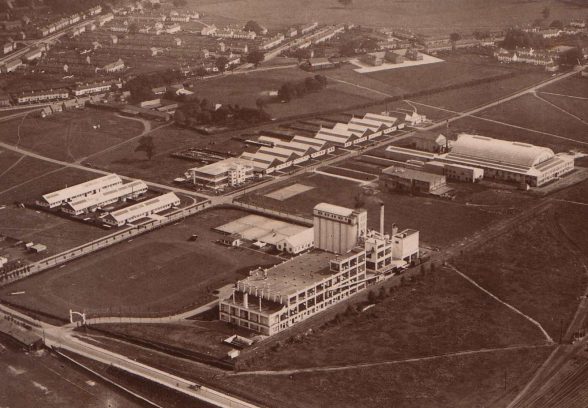This website uses cookies
This website uses cookies to enable it to function properly and to analyse how the website is used. Please click 'Close' to accept and continue using the website.



Welwyn Garden City, founded by Sir Ebenezer Howard in 1920, is different to Letchworth, the first Garden City. In that town, home to George Orwell who infamously lampooned its progressive residents, the architectural tone was set by the Arts and Crafts style beloved of Unwin and Parker.
But as Geoffrey Hollis writes in our latest C20 magazine, WGC’s architect and town planner Louis de Soissons favoured a neo-Georgian style, which was to open up the new City in classical spirit, with a low-density and layout in the Beaux Arts tradition, framed by an avenue called Parkway running through the centre.
Appointed in 1920, de Soissons preferred this style for the town’s housing: mostly in red brick and with sash windows. But while he and his associate Arthur Kenyon designed over half the houses in the City, some were more modern with concrete construction and flat roofs. And in WGC some extraordinary industrial buildings were also created on de Soissons’ watch, including the Shredded Wheat factory of 1924, the Roche factory of 1937 and the Murphy Radio Factory of 1954.
De Soissons became celebrated after Welwyn and went onto build cemeteries in Italy and Greece for the War Graves Commission, as well as helping to rebuild Plymouth after the war. Prompted by his WGC initiative the Beaux Arts style became fashionable – then faded as a new era of towns such as Gibberd’s Harlow emerged. But de Soissons left a great legacy in WGC where a bust in Parkway remembers his contribution ¬ and his ideas are resplendent in the new generation of garden cities currently in planning.
Full story in the magazine which you can buy from this site or join the Society and receive it free.

Become a C20 member today and help save our modern design heritage.
Comments